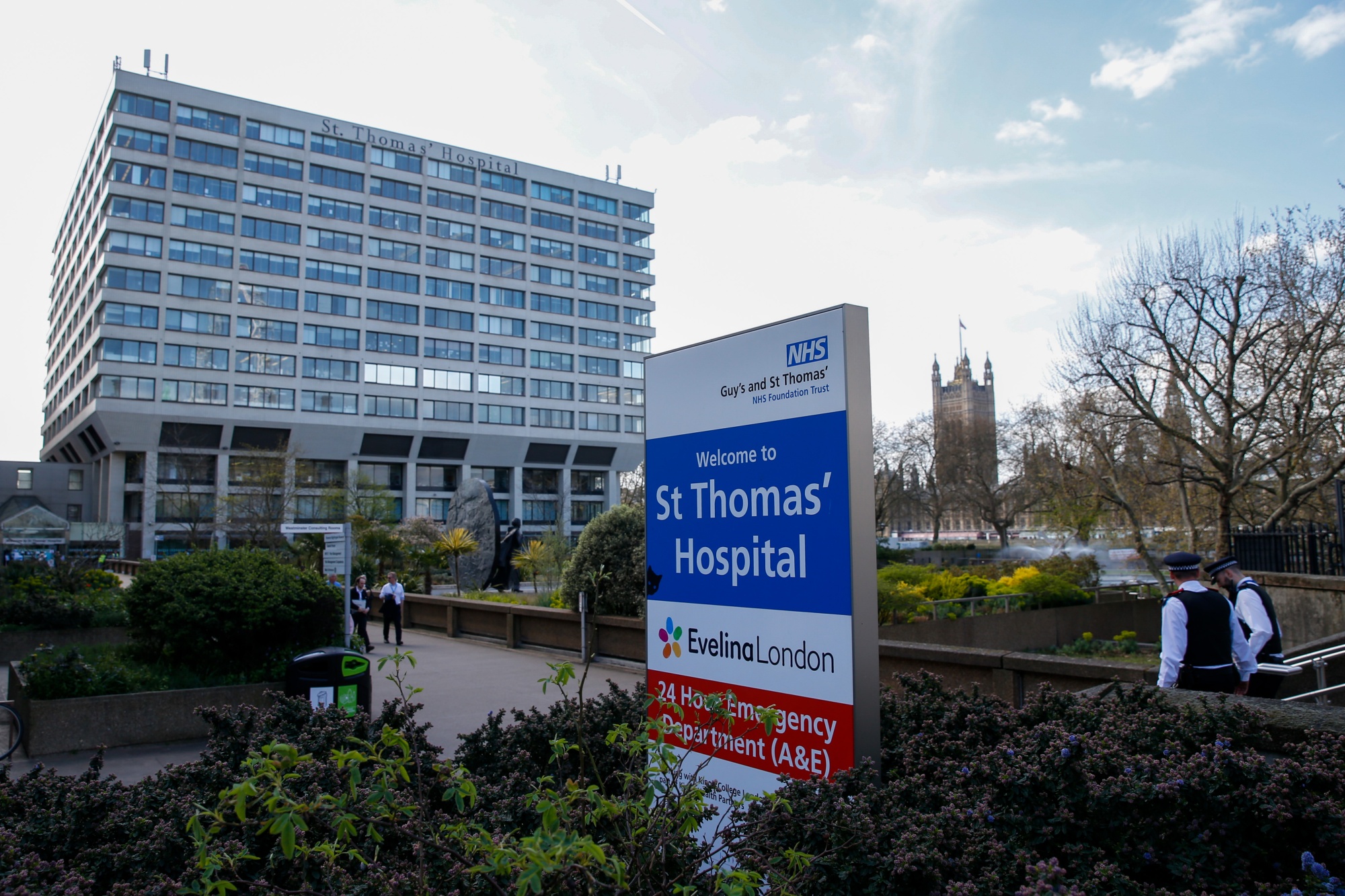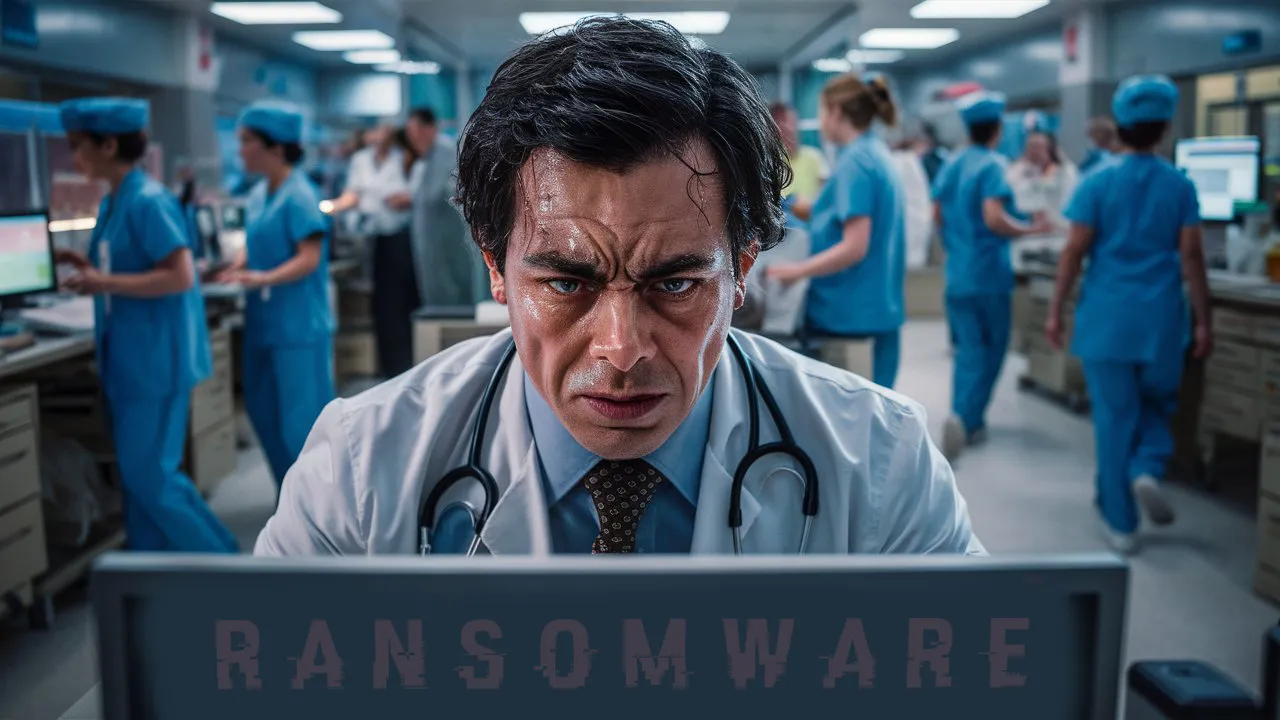On a typical Tuesday, London’s bustling hospitals would be teeming with activities: surgeries, consultations, and countless medical tests. However, this was no ordinary Tuesday. Several hospitals across London, including King’s College and Guy’s and St Thomas’ Hospital trusts, faced an unexpected halt as they were forced to cancel operations and send patients home.
This sudden disruption was due to a ransomware attack on Synnovis, a key supplier of pathology laboratory services, essential for a wide range of medical diagnostics.
Mark Dollar, CEO of Synnovis, detailed the severity of the situation, stating, “It has affected all Synnovis IT systems, resulting in interruptions to many of our pathology services.” The attack’s timing and precision point to a well-orchestrated effort to cripple critical infrastructure, leaving both patients and healthcare providers in a state of uncertainty and concern.

Understanding Ransomware and Its Broad Impact
Ransomware, a type of malware that encrypts a victim’s files and demands a ransom for their release, has become increasingly prevalent, targeting institutions where urgency and data sensitivity are paramount.
Oliver Dowson, a 70-year-old patient scheduled for surgery, expressed his frustration and hope: “The staff on the ward didn’t seem to know what had happened, just that many patients were being told to go home and wait for a new date. I’ve been given a date for next Tuesday and am crossing my fingers.”
The National Health Service (NHS) in England’s London region emphasized the gravity of the situation through a statement acknowledging the “significant impact” on service delivery. This incident not only disrupts immediate medical services but also poses a significant risk to critical patient care, such as blood transfusions, which have been majorly impacted.

London Hospitals: Historical Context and Future Concerns
This is not the first time Britain’s state-funded health system has come under cyberattack. A notable incident occurred in 2017 when a similar ransomware attack froze computers across numerous hospitals, severely disrupting healthcare services nationwide.
These repetitive attacks underline the ongoing vulnerabilities in the cybersecurity defenses of critical public health infrastructure.

As the NHS and the government’s National Cyber Security Centre scramble to assess and mitigate the damages, the recurring theme of cyber vulnerabilities in public health systems becomes a glaring issue that demands immediate and robust attention.
The focus now, beyond just recovery, is on strengthening defenses to shield against future cyber threats that are becoming all too common and sophisticated.
The ramifications of such attacks are profound, stretching beyond immediate healthcare disruptions to broader implications on public trust and safety. As we navigate an increasingly digital world, the security of our most critical healthcare infrastructures is not just a matter of IT but a cornerstone of public health policy.










